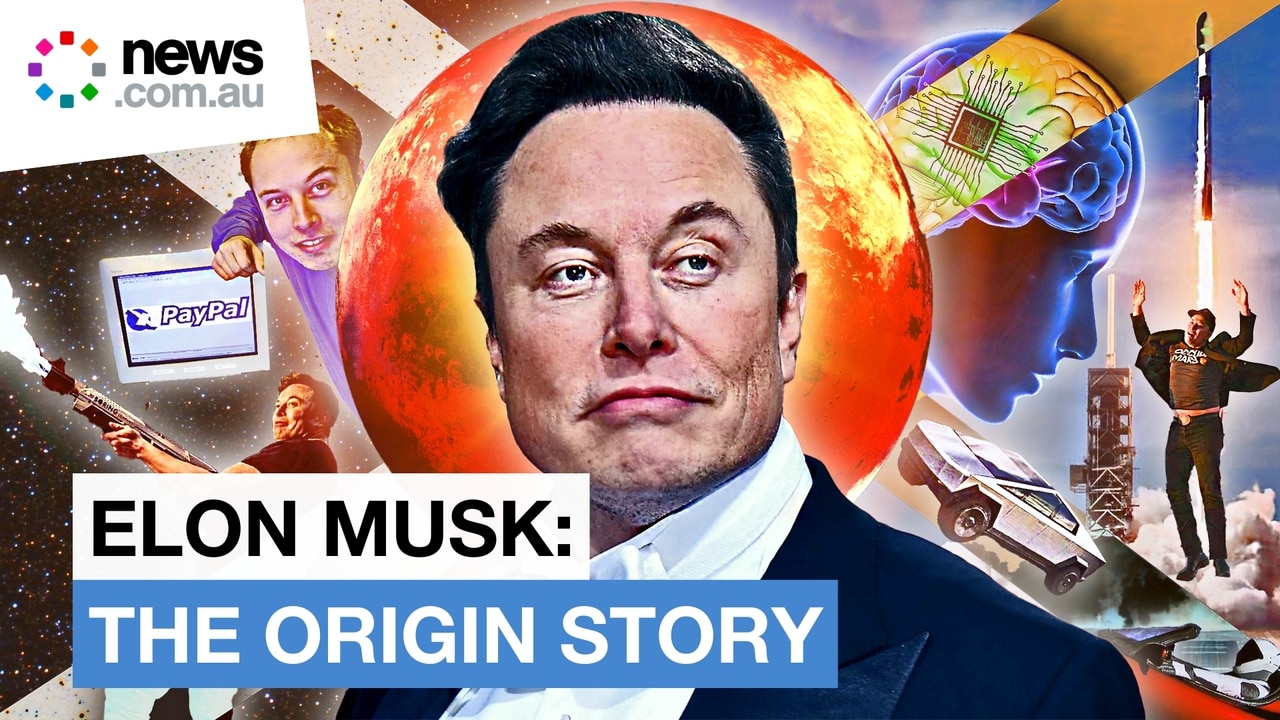US safety regulator investigates Tesla Robotaxi
Less than 24 hours after launching his Robotaxis with much fanfare, Elon Musk’s Tesla has struck trouble with US safety cops.

A day after Tesla shared promotional footage of its new driverless Robotaxi fleet navigating the streets of Austin, Texas, the US government’s top road safety watchdog has stepped in.
The National Highway Traffic Safety Administration (NHTSA) confirmed it has contacted Tesla after reviewing several videos online showing one of the self-driving vehicles veering into the wrong lane and another appearing to exceed the speed limit while overtaking another autonomous vehicle.
The U.S. auto safety agency said it is “aware of the referenced incidents and is in contact with the manufacturer to gather additional information.”
Under the law, the NHTSA does not pre-approve new technologies or vehicle systems.
The NHTSA said the agency investigates incidents involving potential safety defects and that the manufacturer must certify that each vehicle meets NHTSA rigorous safety standards.
The inquiry comes less than 24 hours after Tesla officially launched its highly anticipated Robotaxi service in Austin on Sunday.

The pilot, described by Elon Musk as a major step forward full autonomy, features a dozen modified Model Y SUVs equipped with Tesla’s Full Self Driving (FSD) software.
The project is operating within a geofenced area of the city and the Robotaxis are being trialled as part of a paid, invite only program, charging riders a flat fee of USD $4.20.
Tesla has previously said the cars are programmed to avoid adverse weather, challenging intersections and do not accept passengers under the age of 18.
But within hours of the public rollout, video clips began circulating online, including Tesla’s own social media platforms.

One video appears to show a Robotaxi crossing into oncoming traffic, while another shows a car accelerating at an unsafe speed past another autonomous vehicle.
The footage has prompted NHTSA to act.
On Monday, Tesla responded to NHTSA and answered its questions on the safety of its Robotaxi deployment.
Elon says Robotaxi is a mobile lounge where you can relax with a drink, and watch a movie, even sleep.
— Gail 🇺🇸 (@gailalfaratx) June 23, 2025
It is designed to maximize happiness.
pic.twitter.com/N5PkANNHdq
The NHTSA has already been investigating Tesla for its broader FSD rollout.
The investigation covers 2.4 million Tesla vehicles equipped with FSD technology after four reported collisions, including one fatality linked to the software.
Tesla has not released a statement on the NHTSA review.
TESLA ‘S SUCCESSFUL LAUNCH OF ROBOTAXIS
Tesla’s successful debut of self-driving “Robotaxi” electric cars has paid overnight dividends for company chief executive Elon Musk.
An 8 per cent jump in the brand’s share price, which rose to US$354.68, increased the value of Musk’s shares in the company by about US$15bn ($23 billion).
Musk has staked Tesla’s short-term future in autonomous vehicles, betting on Robotaxis as opposed to a cheaper, more compact model than the brand’s existing Model 3 and Model Y electric cars.
While many Tesla fans were initially underwhelmed by the Robotaxi’s unveiling in October 2024, successful rides for folks invited to try out the service in Austin, Texas, have boosted its appeal.
RELATED: Aussies ‘not ready’ for advanced driver tech

Tesla fans took to X to praise the brand’s new service, with many posting videos of driverless cars whisking them around town.
One user, Farzad, said he was “completely mind blown that the same car I can buy today starting at around $38k – which also happens to be the best selling car in the world – just did paid driverless rides around Austin, TX without someone behind the steering wheel and pedal”.
“The implications from this are far-reaching and very disruptive. This breaks transportation,” he said.
Another user, Zack, pointed out the tech’s potential to make city commuting much more convenient, and said “yesterday it took me almost 30 minutes to find a spot and today, I got dropped off right in front”.
MORE: The end of travel as we know it

“Didn’t have to pay for parking either. Game changing.”
Musk told US TV network CNBC that his Robotaxis are a better bet than rival services such as Google’s Waymo, which require an expensive combination of cameras, radars and lasers – or lidar – to find their way around town.
Others such as General Motors’ Super Cruise rely on high-resolution lidar maps of highways which are scanned by specialised mapping vehicles, then stored in the cloud and accessed by customers who pay subscription fees.
While Waymo was the first service to offer commercially available driverless taxi services, Musk says Tesla’s take “will be better” in the long run.

“The way that roads have been designed … it’s basically for intelligence – biological neural net – and eyes,” Musk told CNBC.
“That’s how the whole road system is designed. It’s not designed for shooting lasers out of your eyes …
“So what will actually work best for the road system is artificial intelligence – digital neural nets – and cameras.
“When you have multiple sensors they tend to get confused, and if you get confused, that’s what can lead to accidents.

“We used to have a radar and a camera in the car but we would find they would disagree and you don’t know which one to believe.”





To join the conversation, please log in. Don't have an account? Register
Join the conversation, you are commenting as Logout